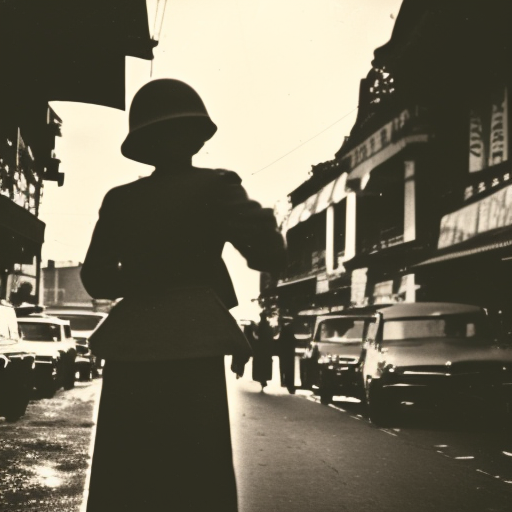South-East Asian theatre of World War II
The South-East Asian theatre of World War II refers to the conflicts that took place in the region of South-East Asia between 1941 and 1945. This theatre of war was a significant battleground during the war, as it involved several countries and had strategic importance for both the Allies and the Axis powers.
Japanese invasion
The Japanese invasion of South-East Asia began on December 8, 1941, just hours after the attack on Pearl Harbor. The Japanese forces quickly overwhelmed British, Dutch, and American defenses in the region. They captured Hong Kong, Singapore, the Philippines, and several other territories, establishing a Japanese empire in South-East Asia.
Burma Campaign
The Burma Campaign was a series of battles fought between the Allies and the Japanese in Burma (now Myanmar). The Allies, led by British and Indian forces, aimed to prevent the Japanese from advancing further into India. The campaign lasted from 1942 to 1945 and involved intense jungle warfare and guerrilla tactics. The Allies eventually succeeded in pushing the Japanese out of Burma, marking a significant turning point in the war.
Battle of Singapore
The Battle of Singapore, which took place in February 1942, was a major defeat for the Allies. The Japanese forces launched a surprise attack and quickly overwhelmed the British-led defenders. The fall of Singapore, considered an impregnable fortress, shocked the world and marked the largest surrender of British-led forces in history.
Philippines Campaign
The Philippines Campaign began in December 1941 when the Japanese attacked the American-controlled Philippines. Despite initial resistance, the American and Filipino forces were eventually forced to surrender in May 1942. However, Filipino guerrilla fighters continued to resist the Japanese occupation throughout the war, providing valuable intelligence and support to the Allies.
Indian National Army
The Indian National Army (INA) was a military force formed by Indian nationalists in 1942 with the support of the Japanese. Led by Subhas Chandra Bose, the INA aimed to liberate India from British rule. The INA fought alongside the Japanese in Burma and India, but their impact on the overall war effort was limited.
End of Japanese occupation
As the war progressed, the tide began to turn against the Japanese in South-East Asia. The Allies launched successful offensives, such as the Battle of Imphal and the Battle of Kohima, which pushed the Japanese back. The dropping of atomic bombs on Hiroshima and Nagasaki in August 1945 ultimately led to Japan’s surrender, and the Japanese forces in South-East Asia were disbanded.
Legacy
The South-East Asian theatre of World War II had a lasting impact on the region. The war resulted in widespread destruction, loss of life, and displacement of populations. It also fueled nationalist movements in countries like Indonesia and Vietnam, who sought independence from their colonial rulers. The war also highlighted the vulnerability of European colonial powers in the face of Japanese aggression, leading to a decline in their influence in the region.
In conclusion, the South-East Asian theatre of World War II was a significant battleground that witnessed intense fighting between the Allies and the Japanese. The Japanese invasion and subsequent occupation of the region had far-reaching consequences, both during and after the war. The eventual defeat of the Japanese forces in South-East Asia marked a turning point in the war and contributed to the overall Allied victory.












